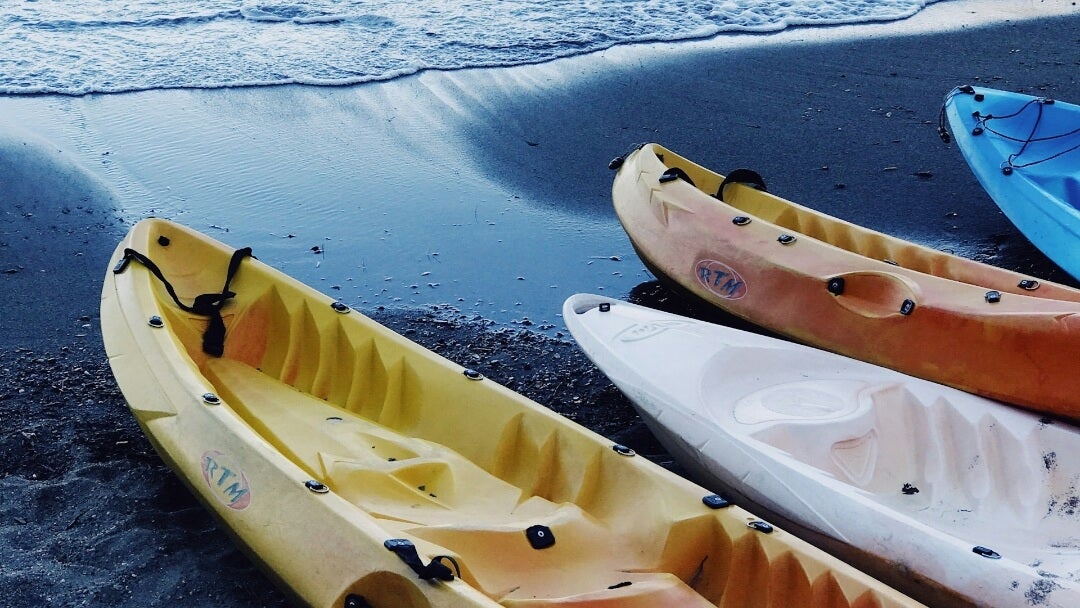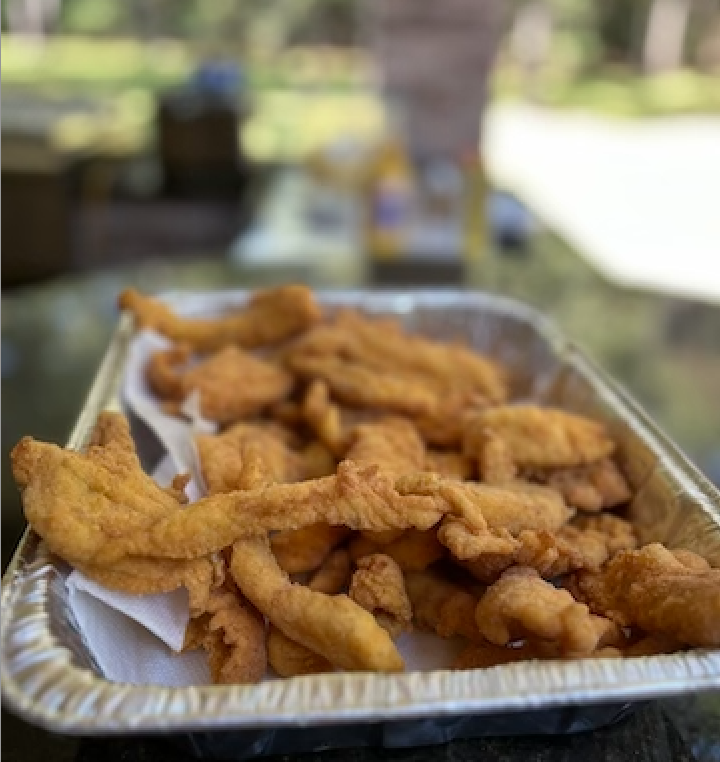
Keith Lusher 11.20.23
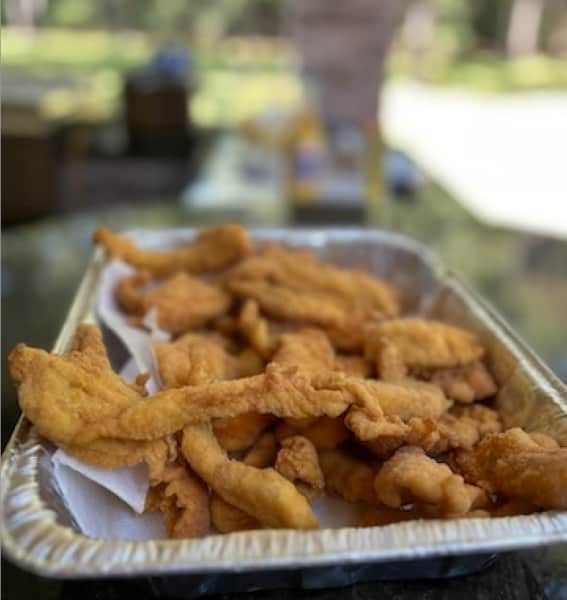
I’m sure you’ve heard the benefits of dry-aging venison or other types of game. Folks who go through the effort of dry-aging enjoy a more tender cut of meat which is better tasting as well. But what about dry-aging when it comes to fish?
I recently hosted a fish fry and invited some of the best crappie fishermen in the South to trade stories and tips on catching crappie. Knowing that I was considered a lightweight when it came to frying fish, I made a special effort to finish frying all of the crappie before any of my guests arrived. As the evening wore on the conversation inevitably turned to how each angler prepares their fish. That’s when a gentleman by the name of John Guillot explained how he started dry-aging his fish decades ago and never looked back.
Guillot started with the caveat that he only dry-ages crappie, shell-crackers, and Kentucky Bass that are caught in a flowing estuary. “I have not been successful doing this with any other fish than these fish,” he said. “Redfish and speckled trout rot when I try it with them.”
Guillot described how he treats the fish after they are caught. “I add my catch to the cooler one at a time to start each chilling as soon as the fish comes out of the water,” he said. “Never take all of your fish out of the live well and throw them into the cooler at the same time.”
When Guillot gets the fish home and is ready to clean them he takes five fish out of the cooler at a time. He warns not to take them all out at the same time. “Never take all your fish out and lay them on the table for pictures especially when it’s hot outside.”
After filleting the fish, he drops each fillet into a large bowl of ice water that serves as a rinse for the fillets. After all of the fish are cleaned Guillot stacks the fish in a container. “I stack all the fillets in a Ziploc container and place it in a 35.5-degree refrigerator for 7-10 days,” he said. He leaves one corner of the container propped up so the water collects at the opposite corner.
Each day Gulliot empties the water that collects in the container. “As they lose the excess water they condense into a tighter stack. If you leave them in the water it accelerates spoilage. I don’t disturb the stack when pouring off the water. I hold my hand over the fillets while draining at one corner,” he said.

Guillot repeats the process for 10 days and said by that time the fillets are firm and fully drained of water and adds, “Once the water stops draining out, there’s no reason keep them in the refrigerator. There’s no real benefit of going longer. You just risk the fillets spoiling,” he said.
Guillot said the benefits of dry-aging are noticeable. “The fish flesh gets firmer and I think it tastes sweeter. It also fries without the water splattering oil everywhere. I’ve also noticed that it cooks much quicker. The flesh comes to 165 degrees in a flash and the fillets are crisper too,” he said.
After hearing about this process I tried it out and followed Guillot’s instructions. The process went well however I did have to set a reminder to drain the fillets every day which was a bit of a pain. After day eight I took the container out because there was no more water being collected. The stacked pile of fillets were noticeably smaller because of all of the water that drained out over the past eight days.
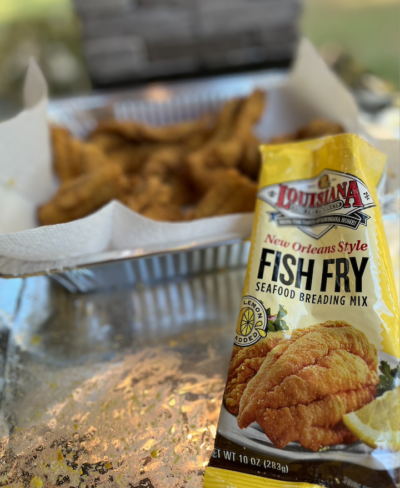
I decided not to freeze the fillets and to go straight to the fryer. After removing the fish I used a mixture of milk, hot sauce, and mustard as my eggwash and tossed them in a ziplock bag full of New Orleans Style Lousiana Fish Fry. As I added each fillet to the pot, I noticed that they were firmer than normal and didn’t sag when I handled them. Also, the oil didn’t pop as much when I added them in. I let the fish fry at 375 degrees for five minutes and tossed them into a serving pan lined with paper towels to soak up any excess grease.
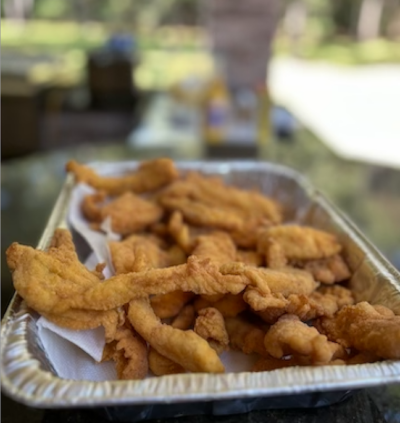
It’s a tradition for our family to serve up fried crappie with a side of white beans and rice during the winter months so after pairing some fillets with the white beans my wife and I served up the plates to the family. I watched to see if any of them noticed a difference and can report that my oldest was the first to ask if I did anything different to the fish this time. She said the fish was crispier and dryer than usual. After hearing this the rest of the family agreed. That was all I needed to hear to change my fish-frying routine to Guillot’s method.
In conclusion, I can honestly say that dry-aging crappie resulted in a crispier, firmer, and more tasty fillet of fish.

